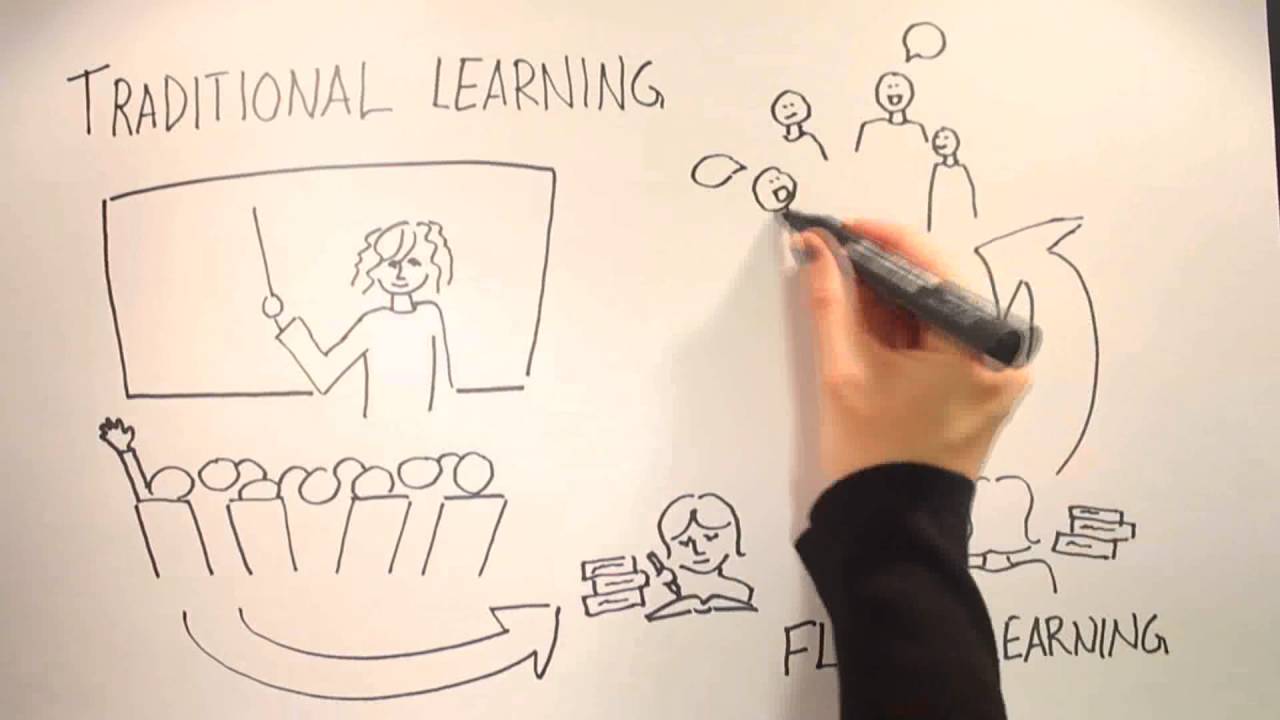McREL International
Classroom Instruction That Works with English Language Learners
The Five Stages of Second Language Acquisition-
Anyone who has been around children who are learning to talk knows that the process happens in stages—first understanding, then one-word utterances, then two-word phrases, and so on. Students learning a second language move through five predictable stages:
Preproduction
Early Production
Speech Emergence
Intermediate Fluency
Advanced Fluency
How quickly students progress through the stages depends on many factors, including level of formal education, family background, and length of time spent in the country.
It is important that you tie instruction for each student to his or her particular stage of language acquisition. Knowing this information about each student allows you to work within his or her zone of proximal development—that gap between what students can do on their own and what they can with the help of more knowledgeable individuals (Vygotsky, 1978).
About Jane Hill-
As a McREL’s Managing Consultant For English Language Learner Effectiveness, Jane Hill consults and trains teachers and administrators nationally and internationally. She collaborates with state departments of education to offer a long‐term professional development program for instructional leadership teams interested in leading reform efforts related to English language learners. Before joining McREL, she worked for 29 years as a speech/language specialist in the areas of bilingual special education and language acquisition. She is a coauthor of the first edition of Classroom Instruction That Works for English Language Learners. Jane can be reached at jhill@ mcrel.org.
Visit our website:
http://www.mcrel.org/products-and-services/products/product-listing/100_199/product-117



